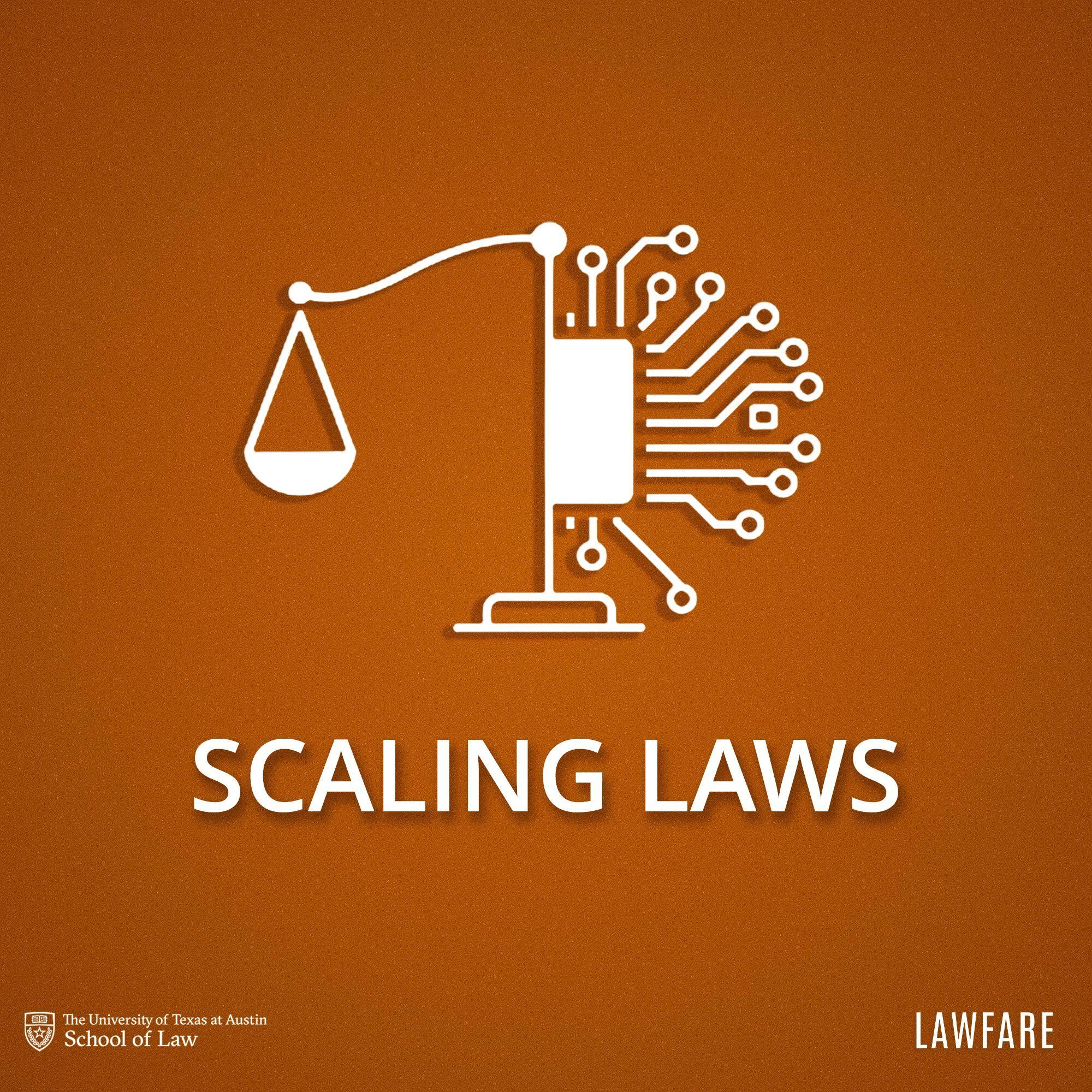White House Responds to Death Star Petition
 A few weeks ago, I linked to this amusing petition on the White House web site for the United States "to secure funding and resources, and begin construction on a Death Star by 2016." The White House promises an official respo
A few weeks ago, I linked to this amusing petition on the White House web site for the United States "to secure funding and resources, and begin construction on a Death Star by 2016." The White House promises an official respo
Published by The Lawfare Institute
in Cooperation With

 A few weeks ago, I linked to this amusing petition on the White House web site for the United States "to secure funding and resources, and begin construction on a Death Star by 2016." The White House promises an official response to all petitions that yield 25,000 signatures. The Death Star petition had crossed that threshold comfortably, so the White House was obliged to respond.
Which . . . it now has. Thanks to an alert reader, I became aware this morning of the official White House response, amusingly entitled "This Isn't the Petition Response You're Looking For." Written by Paul Shawcross, Chief of the Science and Space Branch at the Office of Management and Budget, it opens:
A few weeks ago, I linked to this amusing petition on the White House web site for the United States "to secure funding and resources, and begin construction on a Death Star by 2016." The White House promises an official response to all petitions that yield 25,000 signatures. The Death Star petition had crossed that threshold comfortably, so the White House was obliged to respond.
Which . . . it now has. Thanks to an alert reader, I became aware this morning of the official White House response, amusingly entitled "This Isn't the Petition Response You're Looking For." Written by Paul Shawcross, Chief of the Science and Space Branch at the Office of Management and Budget, it opens:
The Administration shares your desire for job creation and a strong national defense, but a Death Star isn't on the horizon. Here are a few reasons:Sweet!However, look carefully (here's how) and you'll notice something already floating in the sky -- that's no Moon, it's a Space Station! Yes, we already have a giant, football field-sized International Space Station in orbit around the Earth that's helping us learn how humans can live and thrive in space for long durations. The Space Station has six astronauts -- American, Russian, and Canadian -- living in it right now, conducting research, learning how to live and work in space over long periods of time, routinely welcoming visiting spacecraft and repairing onboard garbage mashers, etc. We've also got two robot science labs -- one wielding a laser -- roving around Mars, looking at whether life ever existed on the Red Planet.
- The construction of the Death Star has been estimated to cost more than $850,000,000,000,000,000. We're working hard to reduce the deficit, not expand it.
- The Administration does not support blowing up planets.
- Why would we spend countless taxpayer dollars on a Death Star with a fundamental flaw that can be exploited by a one-man starship?
Benjamin Wittes is editor in chief of Lawfare and a Senior Fellow in Governance Studies at the Brookings Institution. He is the author of several books.


.jpg?sfvrsn=8253205e_5)
.jpg?sfvrsn=a9413207_5)

